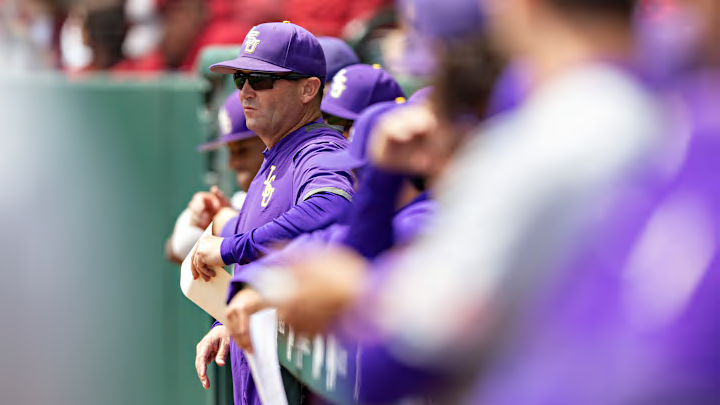Round Three - Brandon Sproat
Taking Crews and a high school pitcher will use up a decent amount of pool money. The Pirates are going to have to go with an under-slot pick at some point, and in round three, I have them taking University of Florida right-hander Brandon Sproat. Sproat is a senior who returned to college after getting drafted in the 9th round by the New York Mets. However, the two sides didn't come to an agreement, and Sproat returned to the University of Florida.
Sproat's senior season numbers aren't all that enticing. He had a 4.71 ERA, albeit with a solid 1.17 WHIP and 2.97 K:BB ratio. Both home runs and walks were an issue, as he had a 1.3 HR/9 and BB% of 9.8%. However, his 29.1% K-rate was a massive 7.6% uptick from last season.
While Sproat's numbers aren't all that pretty, his stuff has looked outstanding. Sproat sits 95-97 with glove-side movement with his four-seamer. His mid-80s change-up has fading action when thrown low in the zone. On top of that, he throws a curveball and slider. His slider is the better breaking pitch, with his curve being more of a get-me-over type offering as of right now.
Now this is probably the biggest stretch of my mock draft. Sproat landing in the third round is going to be close already. But I'm sure there are other teams with the same idea, seeing him as a good way to save money and still get a decent prospect.
However, I still think there's enough of a chance he ends up at #73, where the Pirates could (and absolutely should) pick him. Sproat, given he is a little older than most top college pitching prospects, could move through the system faster, as well as give the Pirates a discounted under-slot pick.
